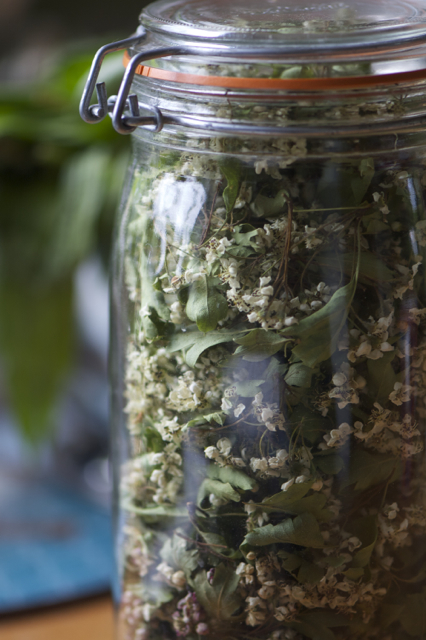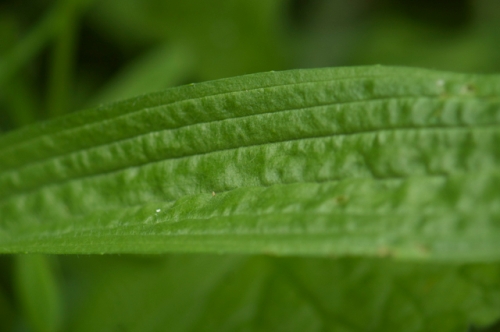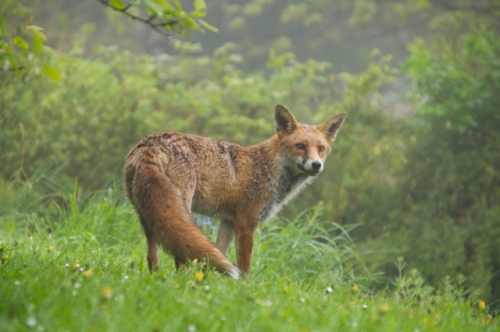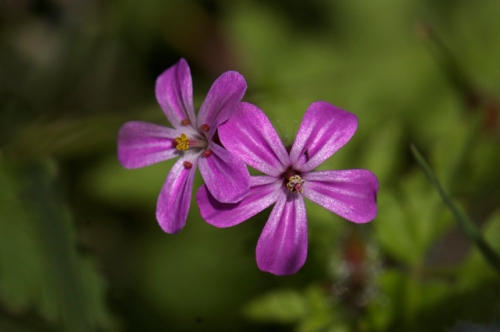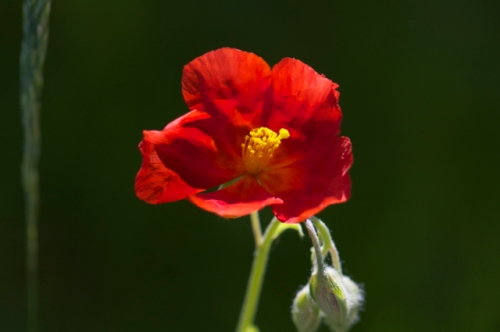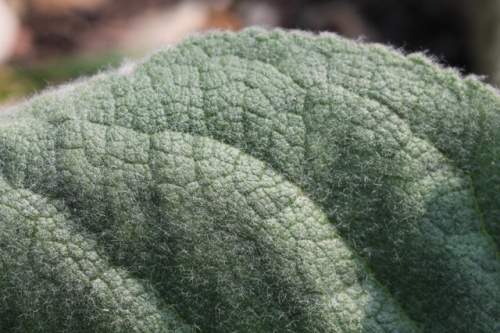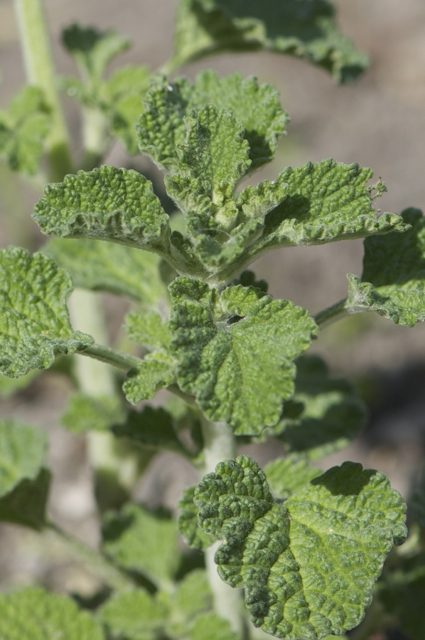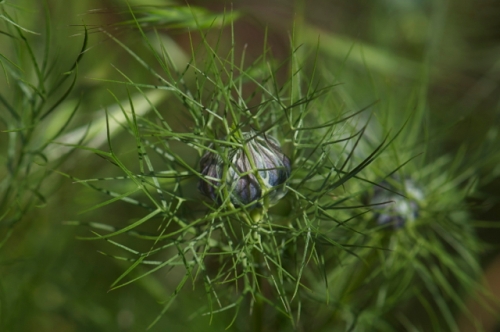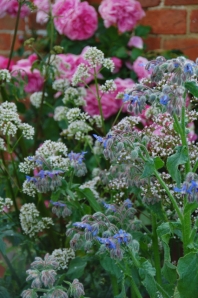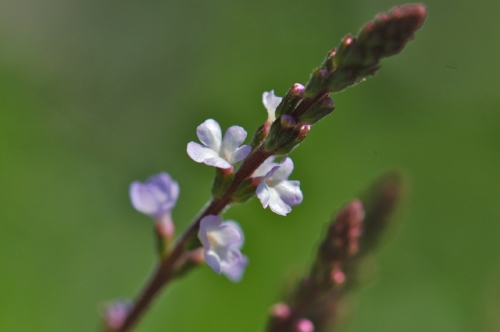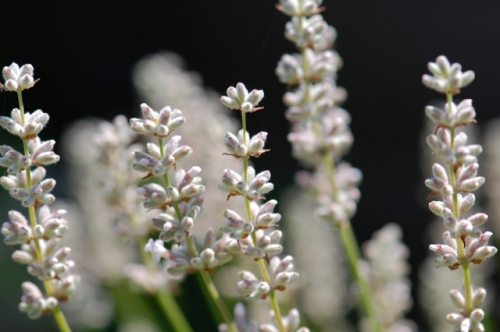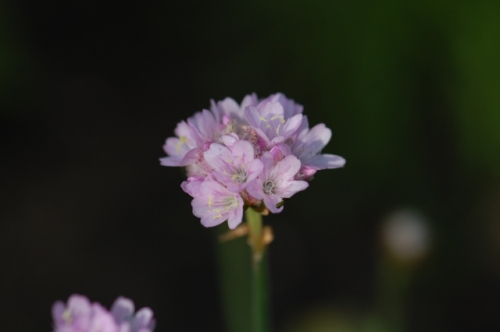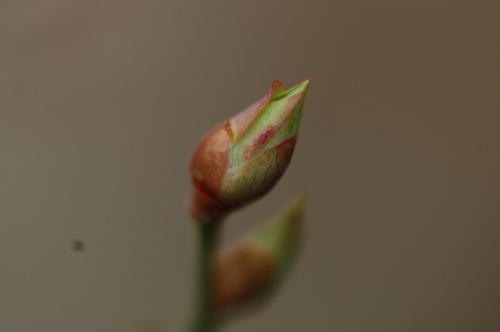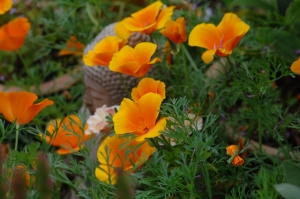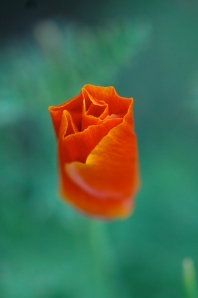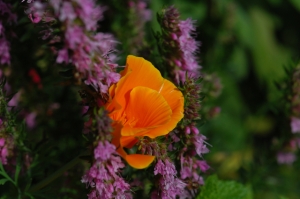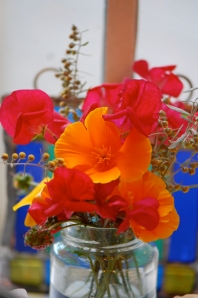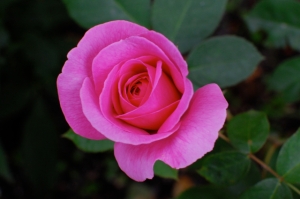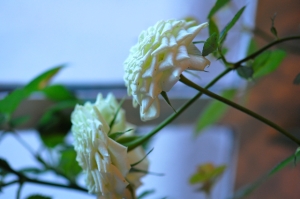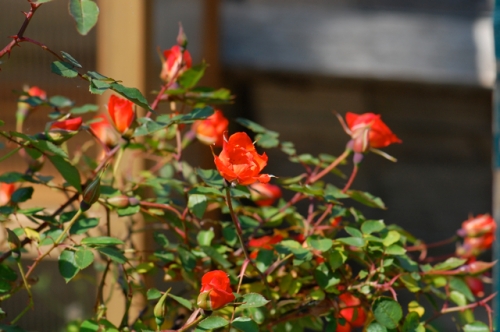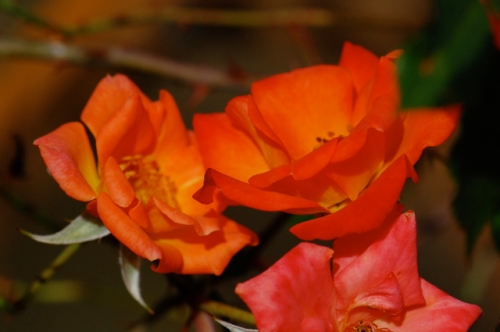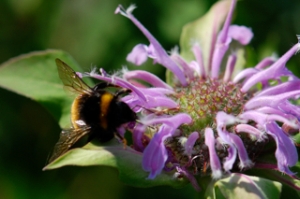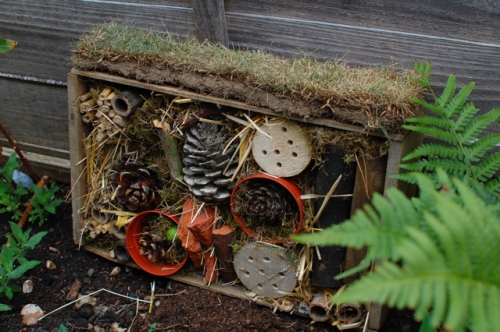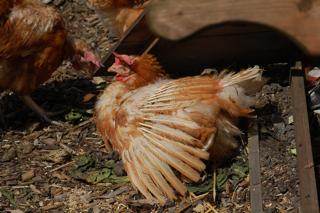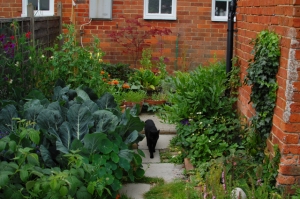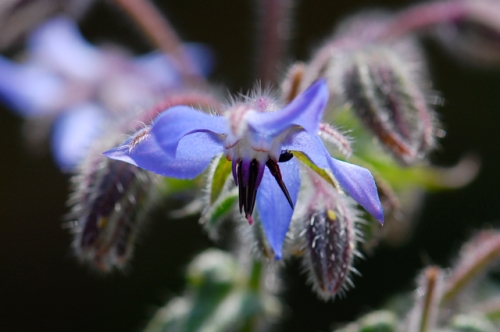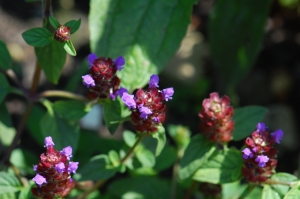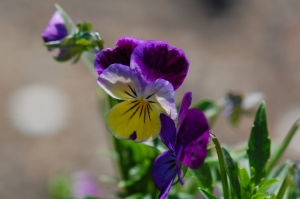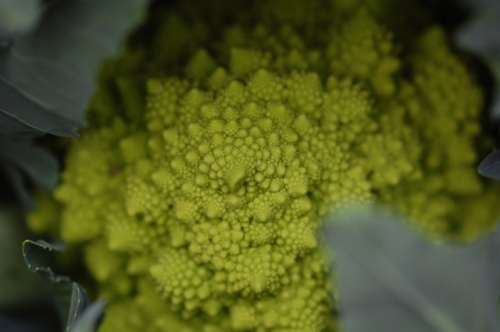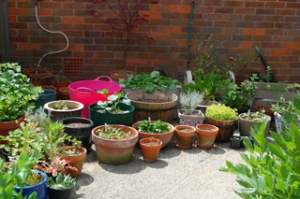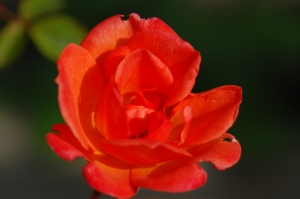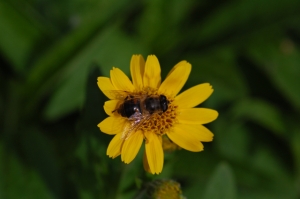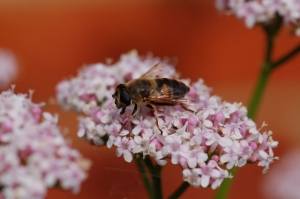May is truly one of my favourite months of the year. On the tipping point between seasons we have the last of the spring greens along with the first summer flowers and there are always lots of wonderful things to gather.
I enjoyed a harvest of pine pollen with some lovely women folk early in the month and now have delicious infused vinegars and tinctures to sustain us through the year. Pine pollen is a pale yellow powdery substance released from the male catkins each Spring and is a marvellous food and medicine, being rich in vitamins, minerals and proteins and having a whole host of beneficial actions from anti-inflammatory to adaptogenic and androgenic. Humans have used pine as medicine since our origins.
Hawthorn is the gem of the season and is so abundant that it is usually possible to gather freely for use in teas, tinctures and other preparations. I have written many posts on Hawthorn on this blog but you can read a little more about the medicinal qualities of the flowers here.
Our garden has been so thoroughly carpeted in dandelions that the flowers have graced our table on more than one occasion. The classic way to eat them of course is as fritters and they certainly make a delicious treat that way. All you need to do is dunk the flowers in a simple batter and fry, then hold on to the stalk and eat the battered flower head, discarding the green parts left. I have written more about the many medicinal benefits of dandelion here.
Now the flowers have turned to clocks and my son delights in blowing them hither and thither. I expect our dandelion carpet will be even more extensive next year as a result!
Ribwort plantain also grows in abundance here along with a little broadleaf and hoary plantain to add variety to the mix. I have been busy making infused oils to help heal all the little injuries that are so common for exploratory toddlers. Ribwort plantain is also a wonderful lung herb amongst other qualities and makes a great field plaster. I will dedicate a full post to its many wonders soon.
Shepherd’s purse is a valuable astringent remedy, particularly for the uterus and gets its name from the little seed capsules which resemble, you guessed it, shepherd’s purses.
We also have lots of garlic mustard, or Jack-by-the-hedge, growing in the garden. Delicious earlier in the season the leaves become bitter after it has flowered but it is still a good plant for wildlife, especially the orange tip butterfly, so I leave it be.
Speaking of wildlife we have had lots of welcome visitors. A couple of foxes frequent the garden daily and they are such a pleasure to watch.
Nature at this time of year is full of sensory delights.
From colours:
To textures:
To delicious smells:
The garden is also full of the promise of things to come. Elderflowers and St. John’s wort will soon be flowering and ready to pick, gooseberries are nearly ripe and we are looking forward to apples and strawberries later in the year.
Lest it all seem too idyllic however, this month has also been fraught with horticultural challenges. First my mini greenhouse blew over in the strong winds and all my seedlings were lost. Then the birds puled up all the yellow rattle plugs I had planted and finally someone, possibly a rat, dug up my newly planted salad trough. As my Dad, who has been gardening for many years, reminds me, gardening is full of ups and downs. I like to thing it is Mother Nature’s way of reminding us that we don’t have as much control as we think we do.
And ultimately, that can only be a good thing!




